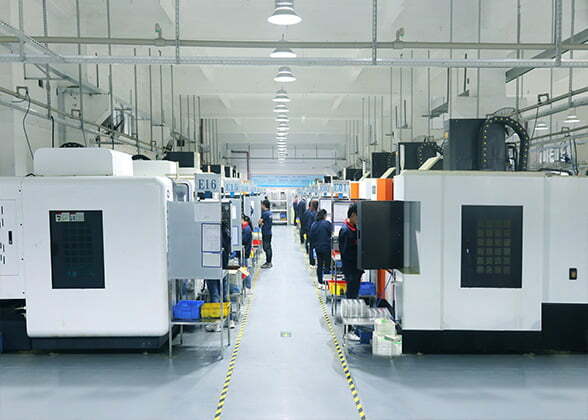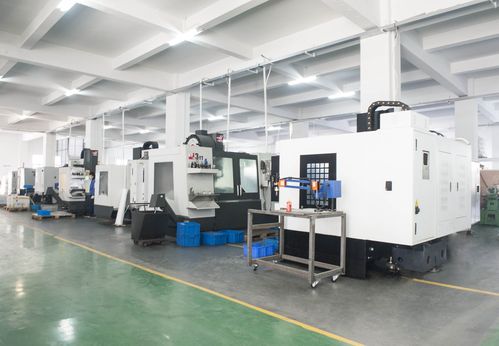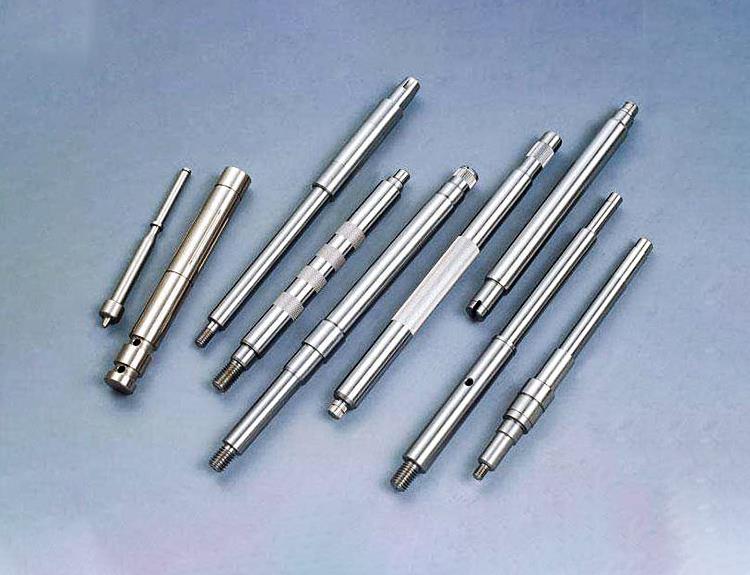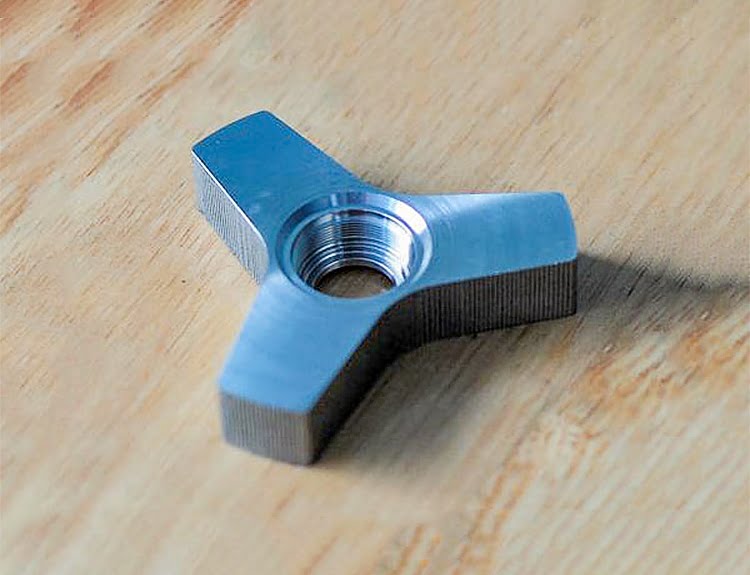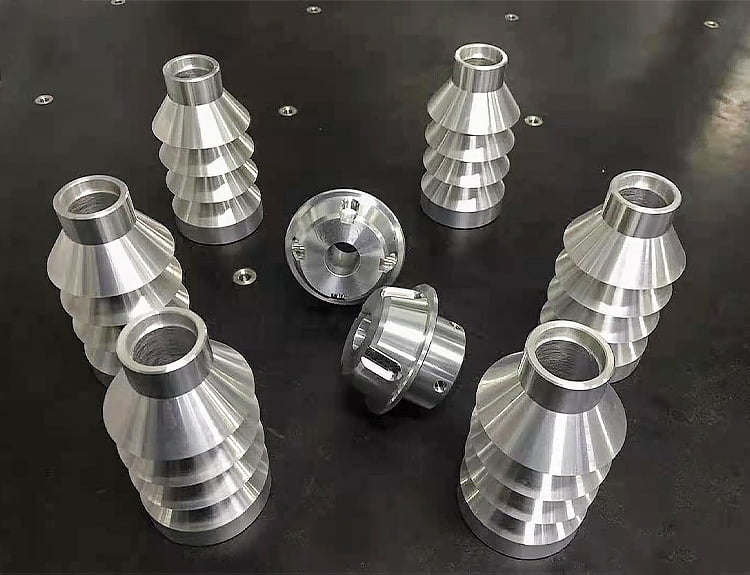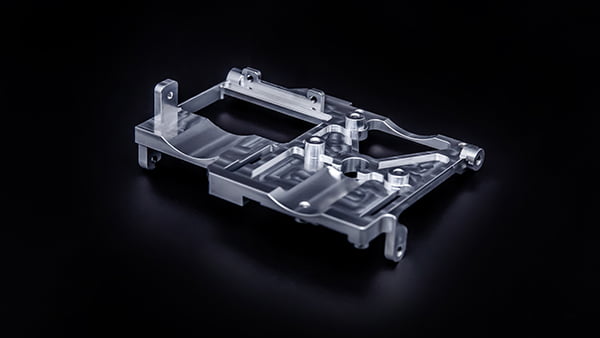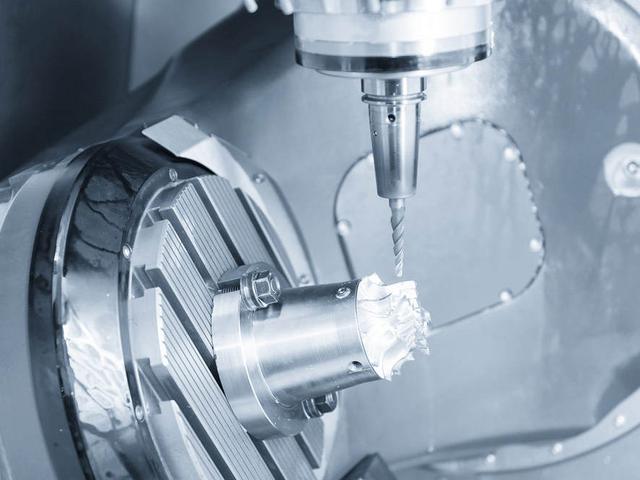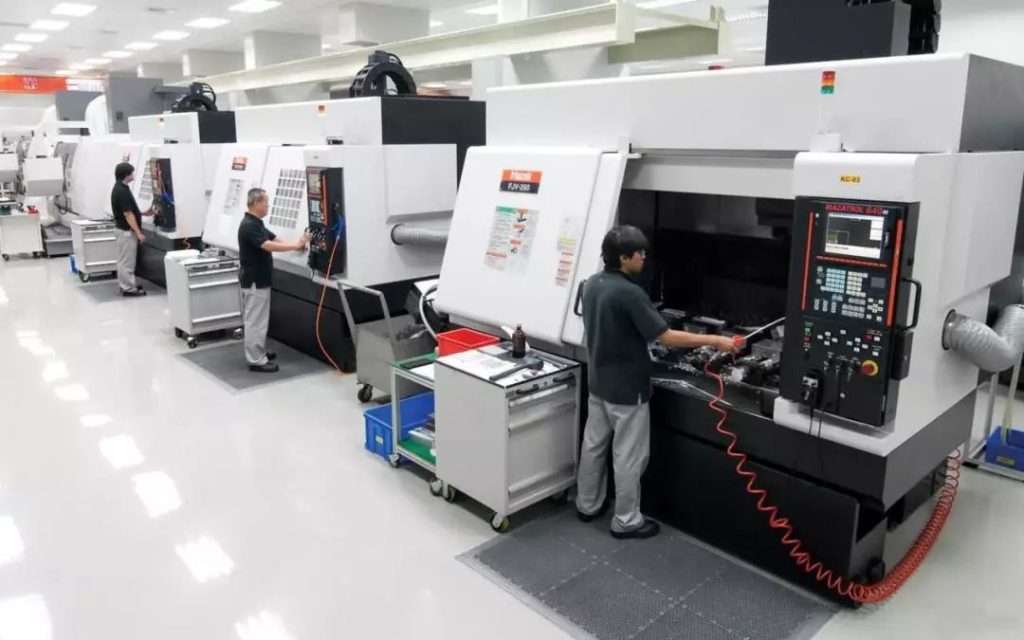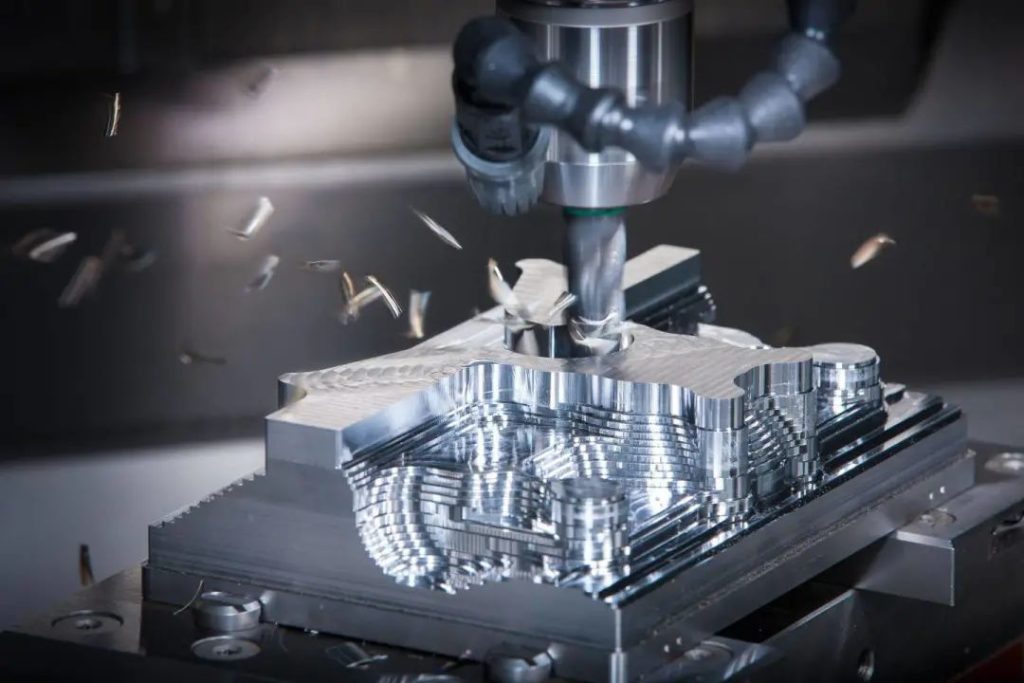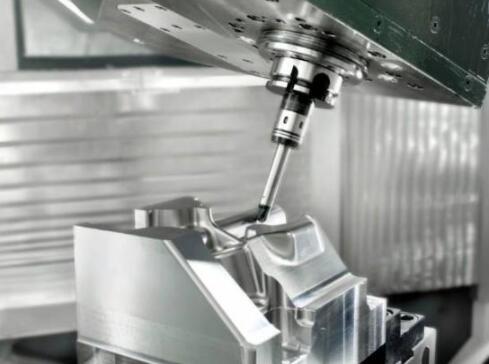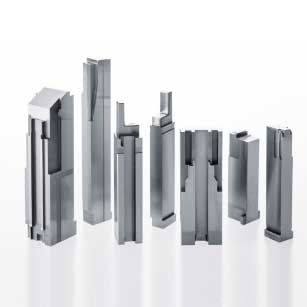In CNC machining, the direction of rotation of the milling cutter is generally constant, but the direction of feed is variable. This gives rise to two common phenomena in milling: down milling and reverse milling.
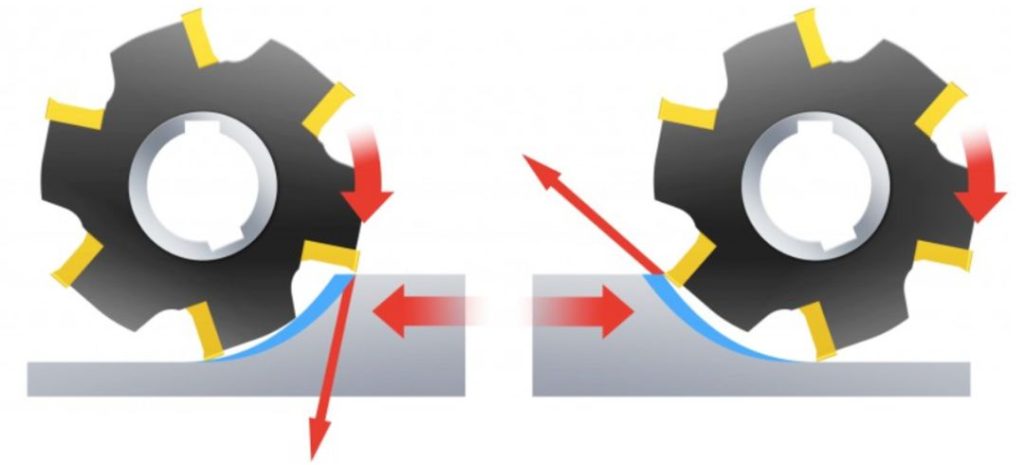
The cutting edge of a milling cutter is subjected to impact loads during each cut. For successful milling, the correct contact between the cutting edge and the material during entry and exit must be considered in a single cut. During the milling process, the workpiece is fed in the same or opposite direction to the direction of rotation of the milling cutter, which affects the cutting in, cutting out and whether milling is done in a downward or reverse direction.
The golden rule of milling - from thick to thin
When milling, it is important to consider chip formation. The decisive factor in chip formation is the position of the milling cutter, and it is important to aim for thick chips when cutting in and thin chips when cutting out to ensure a consistent milling process. Remember the golden rule of milling "thick to thin" to ensure that the chip thickness is as small as possible when the cutting edge is cut.
Parallel milling
In down milling, the cutting tool is fed in the direction of rotation. This is always the preferred method, as long as the machine, fixture and workpiece allow.
In edge milling, the chip thickness is gradually reduced from the start of the cut to zero at the end of the cut. This prevents the cutting edge from cutting and rubbing the part surface before engaging in the cut.
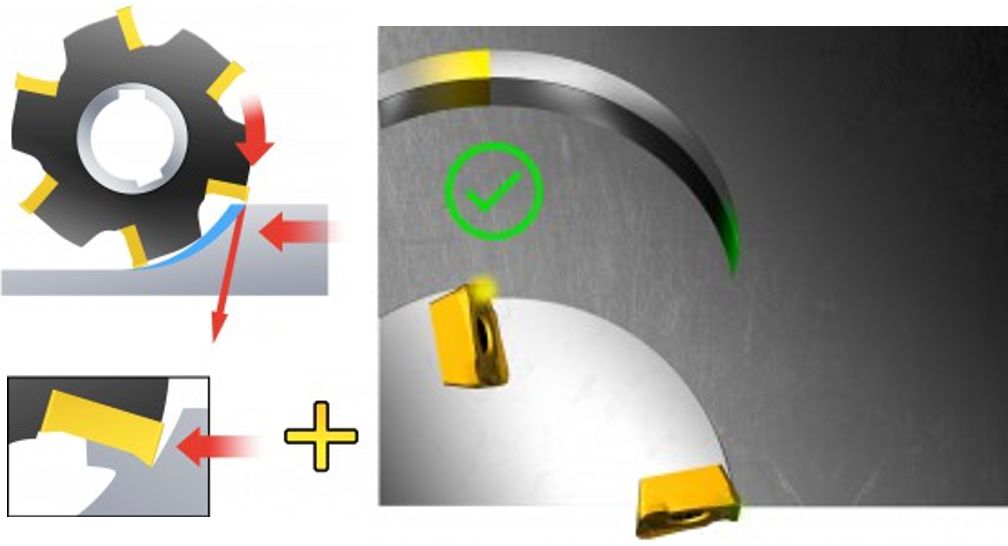
Large chip thicknesses are advantageous, the cutting forces tend to pull the workpiece into the milling cutter and keep the cutting edge cutting. However, as the milling cutter tends to be pulled into the workpiece, the machine needs to handle the table feed gap by eliminating backlash. If the cutter is pulled into the workpiece, the feed will increase unexpectedly, which can lead to excessive chip thickness and cutting edge breakage. In these cases, reverse milling is considered.
Back milling
In reverse milling, the cutting tool is fed in the direction opposite to its direction of rotation.
The chip thickness gradually increases from zero until the end of the cut. The cutting edge must be forced in, resulting in a cutting or polishing effect due to friction, high temperatures and frequent contact with the machine-hardened surface caused by the front cutting edge. All of this shortens tool life.
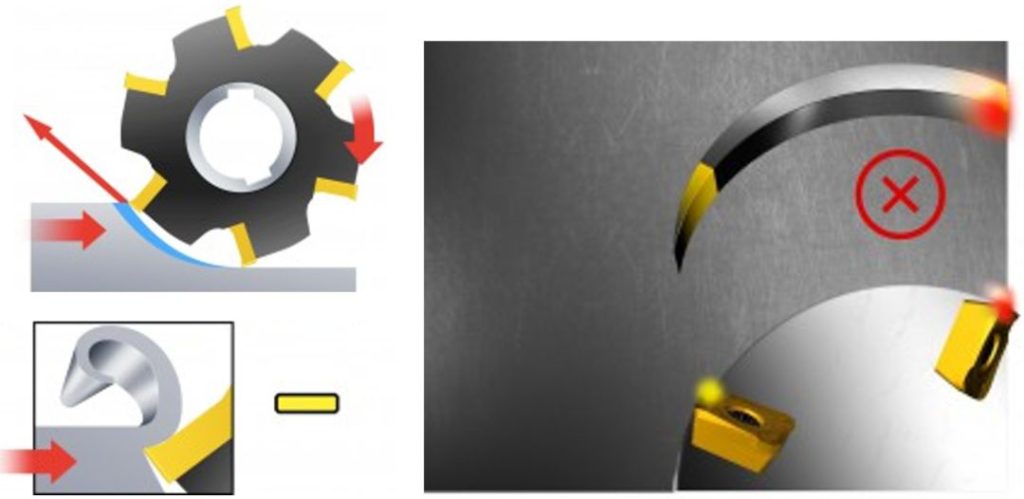
The thick chips and high temperatures generated when the cutting edge is cut out will result in high tensile stresses, which will shorten tool life and often result in rapid damage to the cutting edge. It can also lead to chips sticking to or welding onto the cutting edge, which will then carry them to the start of the next cut, or to instantaneous chipping of the cutting edge.
Cutting forces tend to push the milling cutter and workpiece away from each other, while radial forces tend to lift the workpiece off the table.
When there is a large change in the machining allowance, reverse milling may be advantageous. Reverse milling is also recommended when machining high temperature alloys with ceramic inserts, as ceramics are more sensitive to the impact generated when cutting into the workpiece.
Workpiece fixtures
The direction of feed of the tool places different requirements on the workholding. During reverse milling, it should be able to resist lifting forces. During down milling it should be able to resist downward forces.

